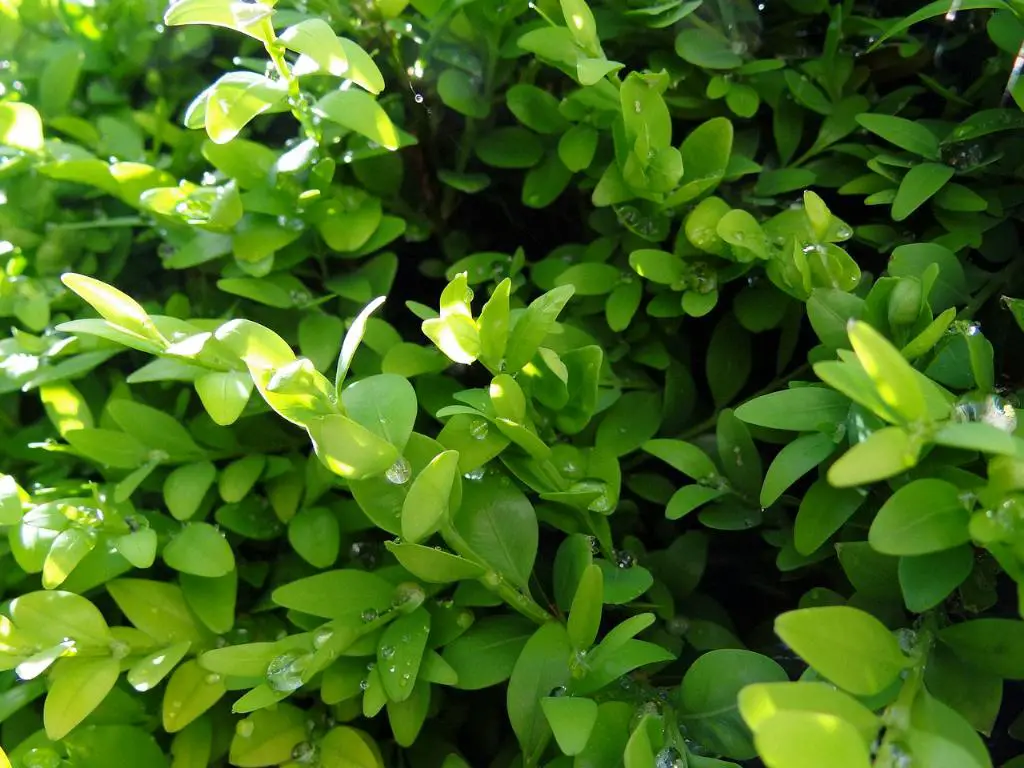One common concern among gardeners and homeowners is whether boxwoods turn brown during the winter months. The answer to this question is yes, boxwoods can indeed turn brown in winter due to a variety of factors, with winter injury being one of the most frequent causes.
Winter injury is a common issue that affects boxwoods, especially when temperatures drop significantly. This damage typically becomes apparent as the snow recedes and the outermost leaves and stems of the boxwood shrubs start to turn brown.
When boxwoods are exposed to harsh winter conditions such as freezing temperatures, drying winds, or fluctuating temperatures, they can suffer from winter burn. Winter burn occurs when the foliage loses moisture faster than it can be replaced, leading to browning or discoloration of the leaves.
In addition to winter burn, boxwoods can also turn brown in winter due to snow and ice accumulation. Heavy snow or ice buildup on the foliage can weigh down the branches and cause them to bend or break, resulting in browning of the affected areas.
Another factor that can contribute to boxwoods turning brown in winter is salt damage. In areas where salt is used to de-ice roads and sidewalks, boxwoods planted near these surfaces may be exposed to high levels of salt, which can lead to leaf burn and browning.
To prevent boxwoods from turning brown in winter, it is important to take proactive measures to protect the plants from harsh winter conditions. One way to minimize winter injury is to provide adequate water to the boxwoods throughout the fall, ensuring that they are well-hydrated before the onset of winter.
Applying a thick layer of mulch around the base of the boxwoods can also help insulate the roots and protect them from extreme temperature fluctuations. Additionally, wrapping the boxwoods with burlap or using anti-desiccant sprays can provide a barrier against drying winds and help retain moisture in the foliage.
Pruning the boxwoods in late fall can also help promote air circulation and reduce the risk of snow or ice accumulation on the branches, which can contribute to browning. Removing any dead or damaged branches can improve the overall health of the plants and prevent further winter damage.
If boxwoods do turn brown in winter, it is important to resist the urge to prune them immediately. Instead, wait until the spring to assess the extent of the damage and determine the best course of action. In many cases, boxwoods will recover on their own once the weather warms up.
In conclusion, while boxwoods can turn brown in winter due to various factors such as winter burn, snow and ice accumulation, and salt damage, there are steps that can be taken to protect these versatile shrubs and minimize winter injury. By providing proper care and maintenance throughout the year, gardeners can enjoy healthy and vibrant boxwoods that enhance the beauty of their landscapes.

